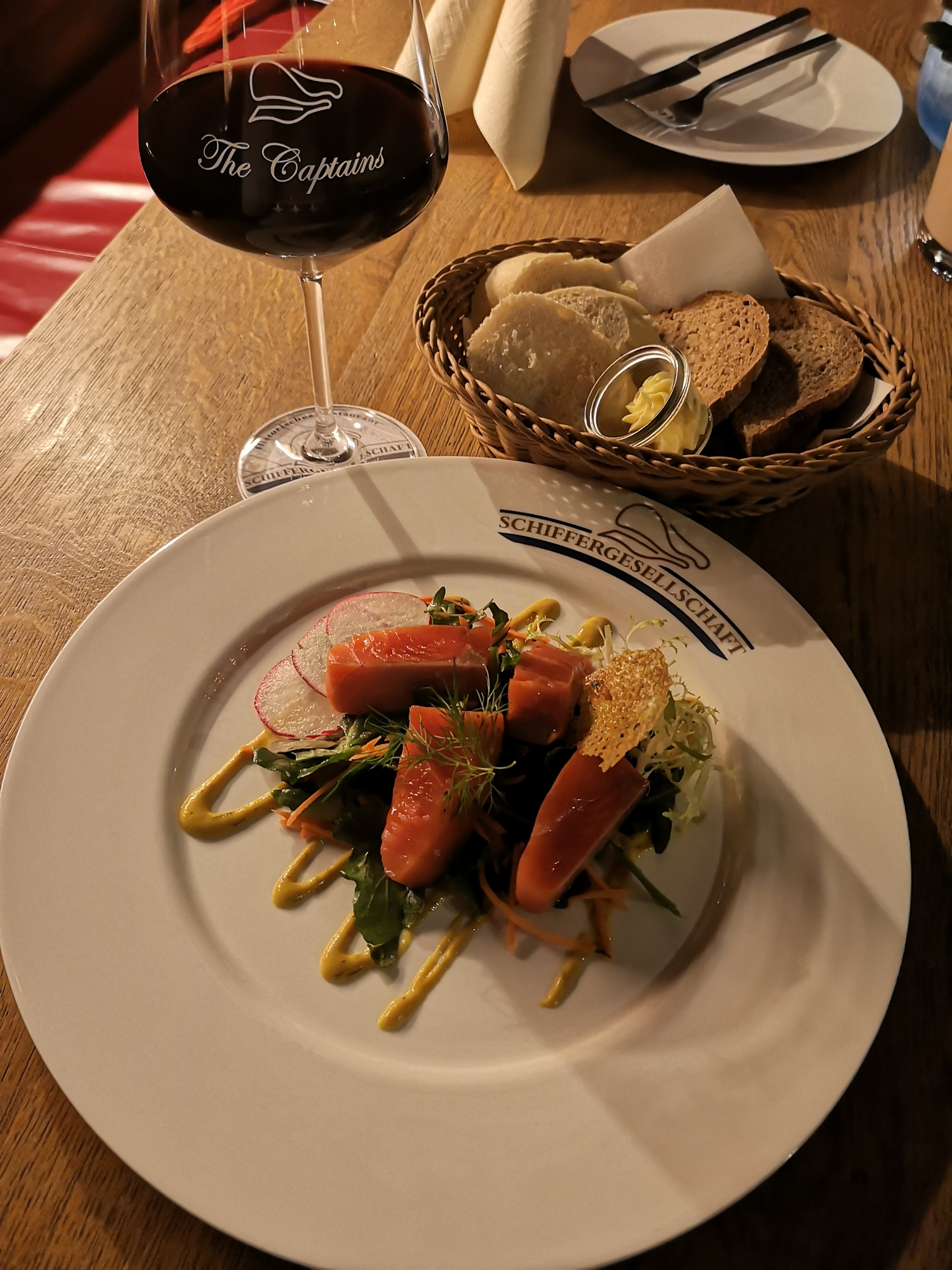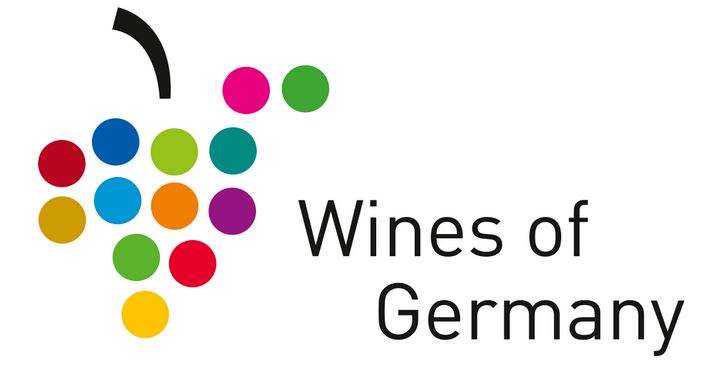Vintage Travel: VINOPOLY
13 WINE-GROWING AREAS IN GERMANY
A tour of discovery through our wine cities enthralls the senses with high-calibre culture and internationally acclaimed wines.
The mild climate, mineral rich grounds and the skill of the wine-growers create characteristic wines that are highly recognized at home and abroad. Riesling, Müller-Thurgau, Grauburgunder (Pinot Gris) and Spätburgunder (Pinot Noir) rate amongst the celebrities. Slightly less famous are the light red wines that achieved considerable quality, too, especially around Freiburg (Baden wine-growing region) and Tübingen (Württemberg wine growing region).
Today, there are 13 wine-growing areas in Germany with six of them being located in close proximity to cities of the Historic Highlights of Germany.
Each of these cities provides a unique combination of culture and wine and is a perfect destination for those travelers who want to enjoy some German wine and discover fascinating wine cellars, modern wineries and learn about vintners traditions.
It’s all about Wine!
Generation Riesling
Germany’s vintners offer younew discoveries: During many events in Germany and abroad the members of “Generation Riesling” project the impression of being young, innovative and open-minded. They are representative of a well-educated, internationally oriented and ambitious younger generation of vintners assuming responsibility within the German wine industry.
Nevertheless, the vintners in southern Germany, aka Baden, also founded their own network to discuss the growing of Pinot grapes, as this is the predominant grape in that area. Both networks work similarly and are partnered.
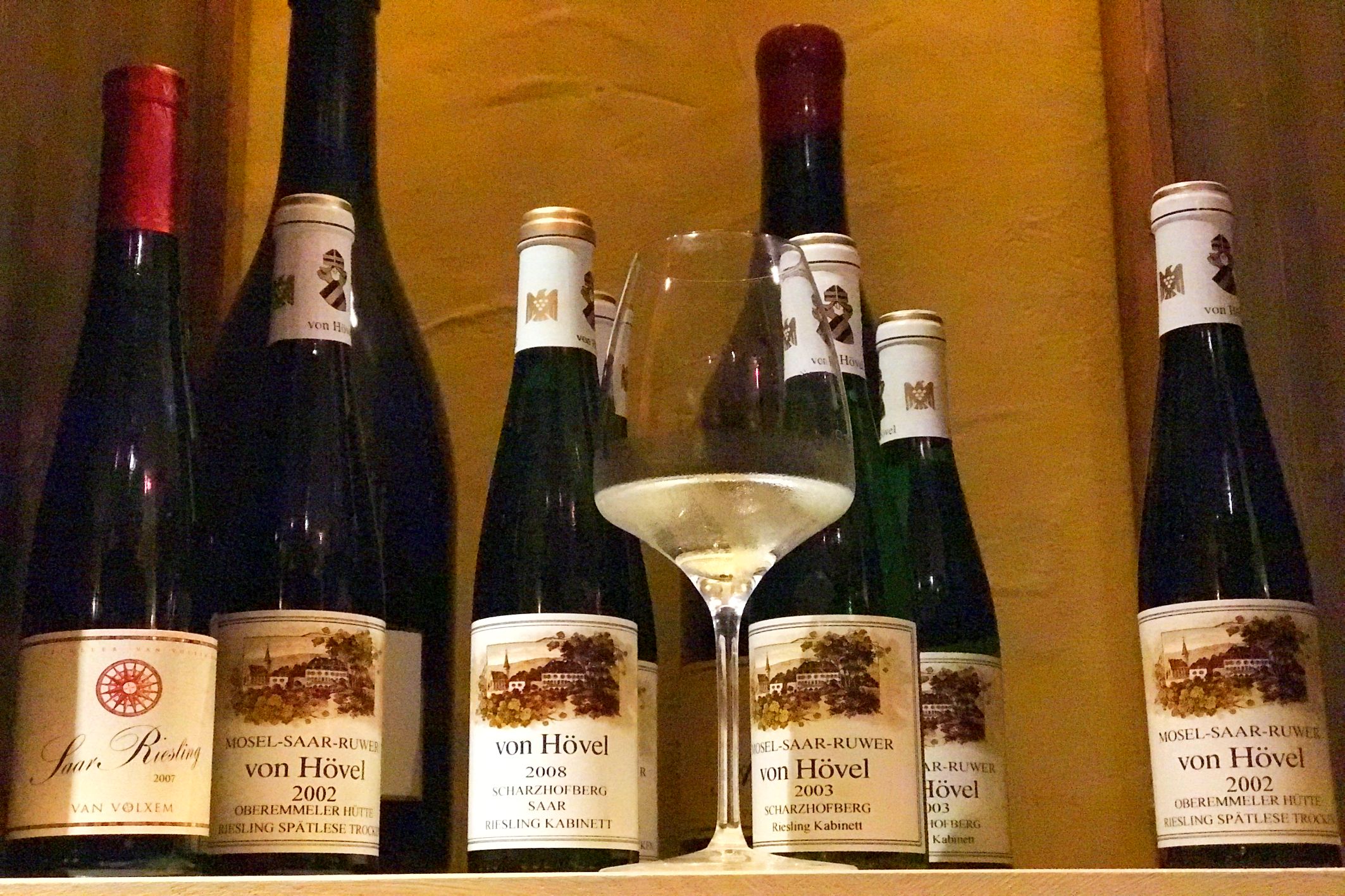
Discover Generation Riesling and Generation Pinot Wine Estates in our member cities:
WINE HERITAGE
A pleasure for the senses
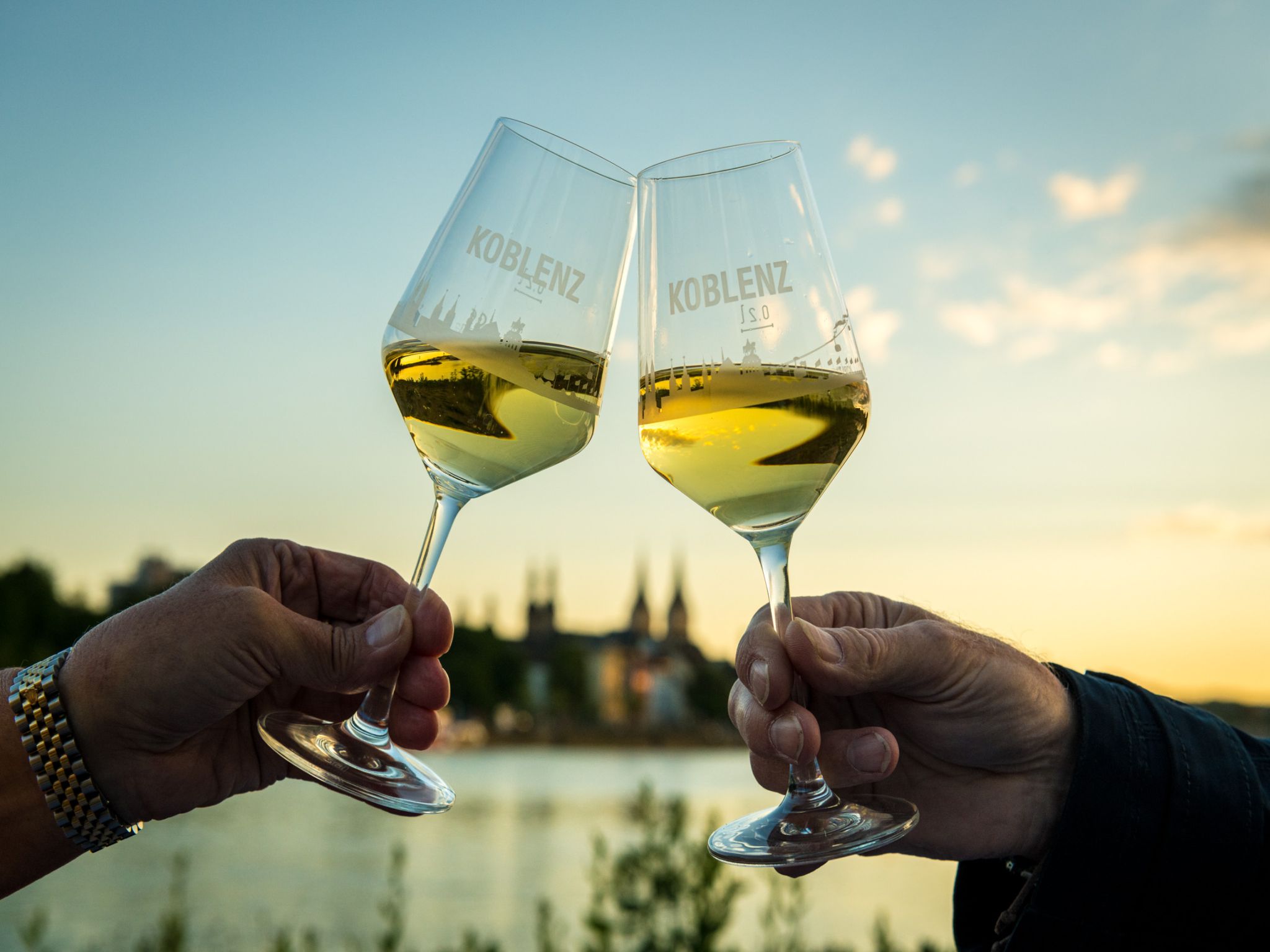
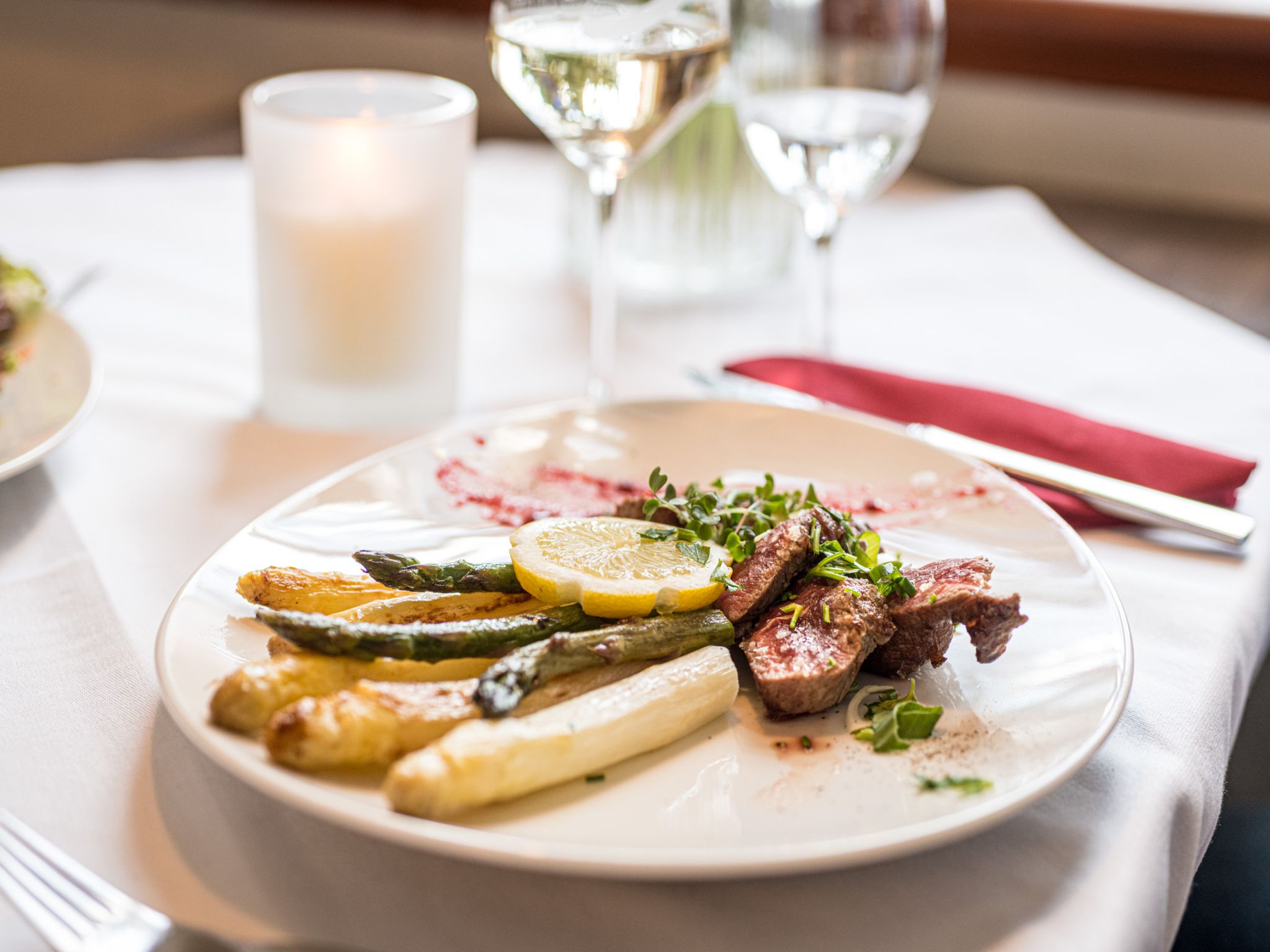
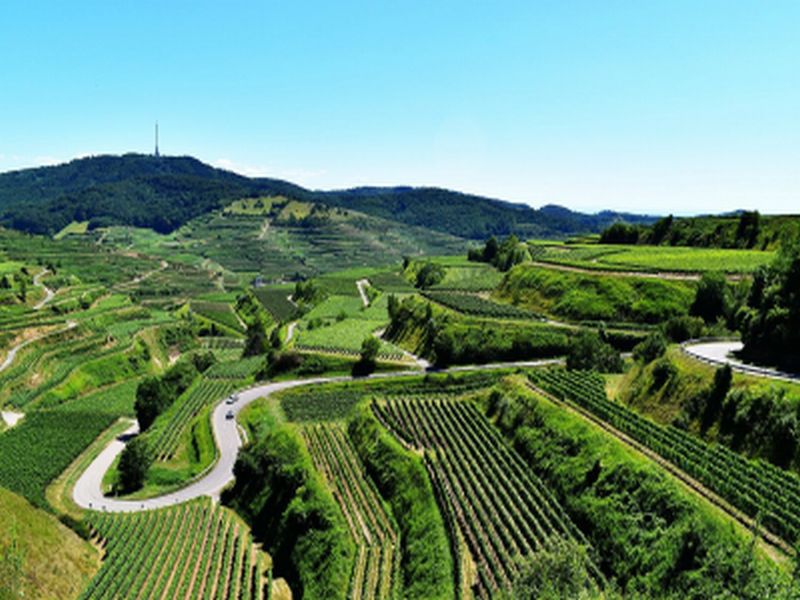
Already the Romans knew about the suitability of the terroir and climate for viticulture. 2000 years ago, they laid the foundations for the German wine landscape that nowadays covers more than 100.000 hectares and shapes entire regions. Germany’s wine regions offer you new perspectives and discoveries behind each river bend: surrounded by steep vineyards and medieval castle ruins lie picturesque wine-growing tow where rustic wine bars and fine Restaurants seduce you with their delights.
The mild climate, mineral rich grounds and the skill of the wine-growers create characteristic wines that are highly recognized at home and abroad. Riesling, Müller-Thurgau, Grauburgunder (Pinot Gris) and Spätburgunder (Pinot Noir) rate amongst the celebrities. Slightly less famous are the light red wines that achieved considerable quality, too, especially around Freiburg and Baden.
Today, there are 13 wine-growing areas in Germany with six of them being located in close proximity to cities of the Historic Highlights of Germany. Seize the opportunity to taste wonderful wines and gain new culinary experiences!
In the old walls of the former Roman warehouses in Trier, that were built around about 330 A.D. on the Moselle, lies the origin of the Weingüter der Vereinigten Hospitien (United Hospices Wine Cellars). The Grosse Weinfass (Great Wine Barrel) in the Heidelberger Schloss (Heidelberg Castle), an object of prestige of the elector with a capacity of 219.000 liters, truly deserves its name.
For 300 years, there has been one of the largest German wine cellars underneath the Residence in Würzburg with a production of 850.000 bottles a year. In the turmoil of the Reformation the bishop of Würzburg decided to prevent more people from converting to Lutheranism with a charitable gesture. He donated the “Weingut Juliusspital” (Juliusspital Wine Estate) which still cultivates 172 hectares of wine growing area and funds a hospital as well as a home for the elderly from its sales. Together with the “Bürgerspital zum Heiligen Geist” (Bürgerspital Wine Estate to the Holy Ghost), wines of the highest quality class are produced.
Amongst the aristocracy and wealthy citizens, Koblenz became renowned in the 19th century for its creations of sparkling and choice fine wines of the wine and champagne producer Deinhard. In the oldest part of the Deinhard-Cellars, that was built around about 1850, you can immerse yourself in the history of the wine during an interesting guided tour.
During a visit to the traditional champagne producer Henkell in Wiesbaden, an impressive classical example of architecture awaits you that reveals all its splendor as you enter: the figurines, paintings and rococo ornaments of the Marmorsaal (Marble Hall) harmonizes refreshingly with the cheerful world of champagne.
Next to Wiesbaden, the Hessian State Winery impressively blends into the landscape of Eltville and in the nearby “Kloster Eberbach” (Eberbach Monastery), modern elements of the winery were combined with historic monastic buildings.
Out of the cellar, the wine advances contemporary to the cult on the surface. In the Winery on the Würzburger Stein, sunlight, green glass and oak create a changing play of light in the inside of the building.
Star chef Wolfgang Becker converted the winery in Trier, that has been owned by his family for five generations, into a unique design getaway for wine lovers. The winery also includes a gorgeous hotel that is a member of the circle of renowned Design-Hotels.
However, the wine remains what it always used to be: an authentic, classy pleasure that has to be wrenched from nature with a considerable amount of work in the vineyard and wide experience in the wine cellar.
Did you know?
Rotspon – The wine of the Hanseatic League
During the Renaissance, towards the end of the 17th century, Thomas Fredenhagen, a merchant and member of the Hanseatic League in Lübeck, came up with the idea of storing barrels of Bordeaux red wine in cellars in Lübeck’s old town.
At that time, the wine barrels were actually only additional cargo for the shipment of salt from the region around Bordeaux. Even today, in some Hanseatic cities, Rotspon is made from French Bordeaux wines.
